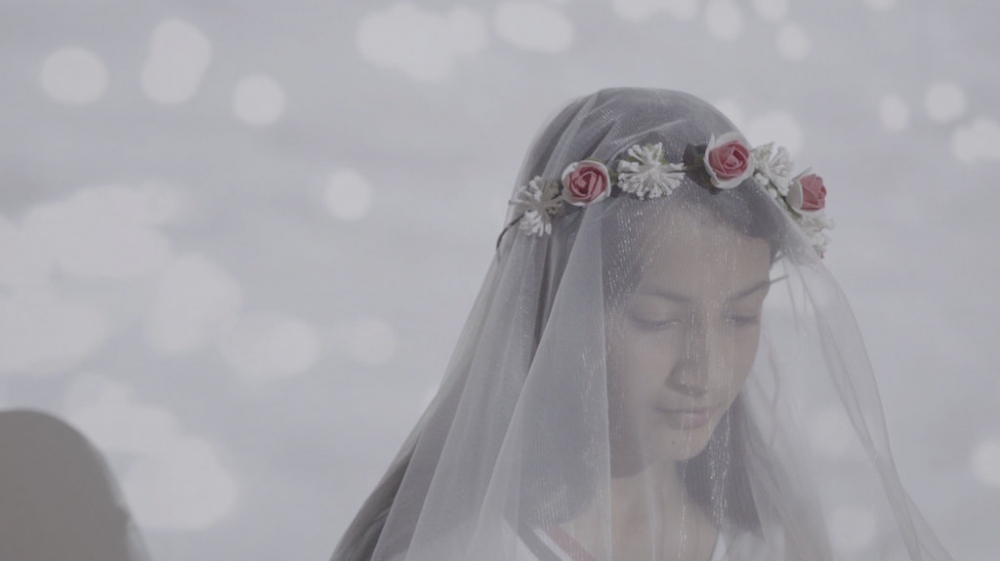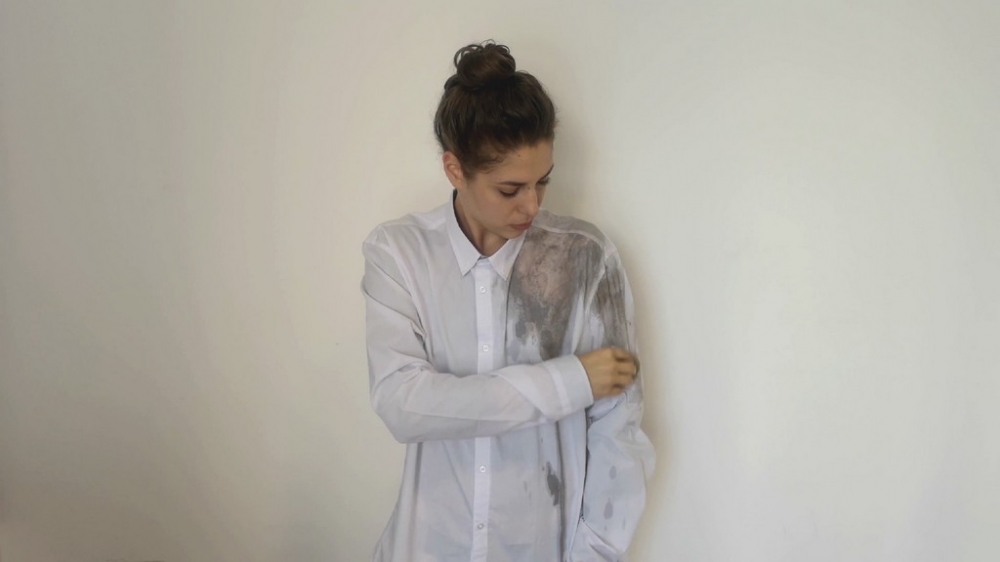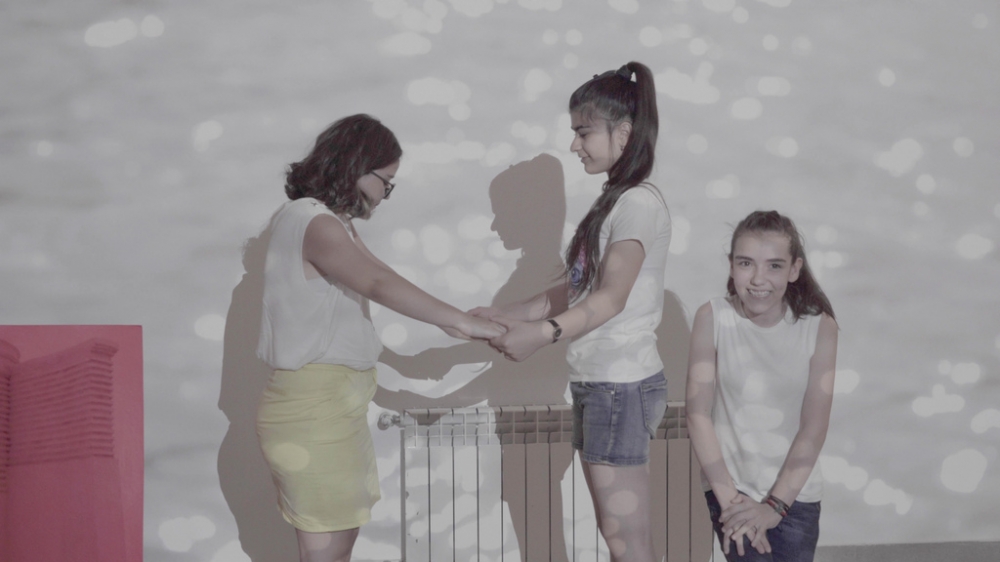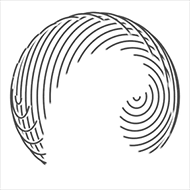Location
ARTIM PROJECT SPACE
ADDRESS:
5 Kichik Gala str., Icheri Sheher,
Baku, Azerbaijan, AZ1001
OPENING HOURS:
Tuesday - Sunday: 12 pm > 8 pm
CONTACT:
+994 12 505 1414
E-MAIL:
View mapARTIM: RESIDENTS GROUP SHOW FORGET WHAT YOU KNOW, SEE WHO I AM
30 Jul - 29 Sep 19
YARAT Contemporary Art Space is pleased to announce the group exhibition Forget What You Know, See Who I Am with works by YARAT residents Agil Abdullayev (Azerbaijan), Diana Hajiyeva (Azerbaijan), Chinara Majidova (Azerbaijan), Ela Štefanac (Croatia) and Katja Verheul (Netherlands).
The exhibition of works by YARAT residents aims to explore the Janus-faced character of the collective voice, which can take on both constructive and destructive forms. The exhibition provides a framework for narratives based on personal experience, superstitions or urban legends rooted in local mythology as well as youth culture, all located somewhere on the thin line between truth and lie, reality and fiction. It aims to look at the voice, which can help to raise attention, but which can also be used as an abusive and manipulative tool of persuasion in the form of gossip, mindless chatter or – in the extreme – bullying. An educational programme around these issues accompanies the exhibition, which will attempt to answer: Why does bullying happen and how can it be prevented?
The video work by Agil Abdullayev focuses on the influence of friends on a person through dialogues between four different stages of the higher education environment. This new video piece and the related prints critique the abuse of power during adolescence in all its forms, focusing particularly on bullying and the memories of the victim. The film borrows techniques of survival such as staying positive, integrated and happy whilst besieging imagery and preying on our anxieties. Playing all his characters himself, Agil uses green screen backdrops to then add sinister happy environments. Some of the story characters and target subjects clash with each other, causing a complete breakdown in the sick society that Abdullayev depicts, but he gives little sense that anything or anyone better will replace it.
Diana Hajiyeva’s installation Natural Selection draws on Darwin’s theory of the survival of the fittest. His theory states that individuals that happen to be better adapted to existing environmental conditions than others have an advantage and survive more often. This allows them to transmit their genes to the next generation more often than individuals who are not so well adapted. She refers to bullying as a form of violence and primitive power, which is part of human reality and can be observed from the early stages of human development. Her multimedia installation reveals the cruelties of bi-polar human behaviour within survival mode.
The video work Bullet Words by Chinara Majidova explores words as one of today’s most powerful weapons, which can be used in both a negative and a positive way. Through a survey the artist investigated the four main reasons why people are bullied, which turned out to be: appearance, ethnicity, race and social status. Social media has introduced a new platform for harassment known as ‘cyber bullying’. The artist is interested in the consequences of verbal attacks, which can affect the whole life of the victim, causing mental and psychological instability, especially if these cases happened during childhood. The artist compares the collective verbal abuse based on stigmas as a ticking bomb, with the risk of exploding one day within the victims.
Urban legends in Baku of young girls committing suicide are widespread in relation to the building of the Maiden Tower. One version states that a maiden threw herself out of the tower to prevent an incestuous marriage with the city's governor, who is often referred to as her father. Another says that Khusur, the legendary founder of Baku, imprisoned his sister in the tower, who then threw herself out of the tower in retaliation. As a result, God created the Caspian Sea to flood Khusur’s pastures. One notable recurring element in each of the legends consists of kidnapping a prized young woman, such as a first-born or virgin, and their self-imposed death, which suggests explanations about the origin of the tower’s name, but also about local social beliefs that form a collective consciousness. In the video work Maiden by Katja Verheul, a group of young girls re-enact, deconstruct and rebuild old myths around the tower to question its meaning today.
Ela Stefanac’s installation Untitled Renaissance explores the question ‘What is hidden behind the surface of representation?’ In the video performance she is dressed in a white male buttoned-up shirt, which she considers a typical clothing item of an Azerbaijani man. With a sponge, the artist tries to wash herself, but her efforts are in vain – the more she scrubs, the dirtier the shirt becomes. This gesture imitates the impossibility of returning to the immaculate previous image after looking behind the closed doors of representation. The second part of the installation consists of a wooden table with soil and seeds, which will bloom but also wither during the time of the exhibition. Through the combination of typical domestic elements and ephemeral organic material, the artist refers to the strong tension between reality and the ideal, a family that carries the burden of their own lifestyle, and might not withstand the discrepancy between the ‘good image’ for the outside world and the actual one. In her self-portrait series “The Resident”, Stefanac explores her feelings in the city by hiding, trying to fit in and not to stand out.
Opening: July 30, 2019
Time: 19:00
Exhibition dates: July 30 – September 29, 2019
Working hours: Tuesday – Sunday, 12:00 – 20:00
More information: www.yarat.az; +99412 505 1414
Location: ARTIM Project Space, Icherisheher, Kichik Gala Street 5
Admission is free
YARAT Residency Programme
YARAT Contemporary Art Space invites artists to apply for the residency programme towards the end of every year (in September). The programme is divided into three periods (January-April, April-July and September-December) and grants selected artists an opportunity to live and work in Baku for up to three months. Each period hosts two international and two local residents.
YARAT Residency Programme is open for artists who are engaged in open, research-based practices across disciplines and who show an interest in discovering the Caucasus region. The programme engages residents in discussions with fellow artists and international arts professionals, as well as travel around Azerbaijan. Artworks resulting from the residencies are exhibited at the ARTIM Project Space in Baku. YARAT Residency Programme is predominantly conducted in English.



